SUP Safety Essentials
Generally, the sport of paddleboarding is a safe activity that provides enjoyment for paddlers of all ages and skill levels. However, despite the fact that SUP is a fairly low-risk activity, there are some basic safety practices that you should follow each and every time you paddle out.
In this article, we're going to list several important SUP safety tips that will greatly reduce your risk of being injured (or worse) while out on your paddle board. Learning how to be a safe and responsible paddler is not only critical for your own personal well-being - you'll also be setting a good example for others around you to follow.
Without further ado, let's get right to it…
1. Wear a lifejacket or PFD
When it comes to paddleboarding, wearing a personal flotation device (PFD) or lifejacket is one of the easiest and most important safety habits you can practice. They are necessary SUP accessories that can and do save lives.
Both PFDs and lifejackets have distinct advantages and disadvantages, and we'll touch on a few of them to give you a general idea of what might be the better option for your paddling activities and personal preferences.
SUP lifejackets are fitted to your size and offer a streamlined fit that minimizes interference with your paddle stroke. Lifejackets offer increased safety when compared to PFDs as they provide you with full-time flotation - there's nothing that you need to do in order to activate them whenever you're in need of assistance.
PFDs, on the other hand, need more assistance from the wearer. In the instance of belt PFDs, the paddler is required to pull a cord to auto-inflate the belt pack's bladder. In most cases this isn't a big deal, but if a paddler gets knocked off their board and happens to be unconscious, this would be a huge, life-threatening issue.
2. Use a SUP Leash
The second safety tip we're going to cover is wearing a SUP leash. A leash is another simple and super affordable SUP accessory that should be worn every single time you paddle out.
Many paddlers underestimate the great importance of wearing a SUP leash, mistakenly believing that their board will always be within arm's reach if they happen to fall off. In any conditions, even in seemingly calm water, you can be separated from your board in a matter of seconds. In certain situations, this can even prove to be fatal.
A SUP leash won't interfere with your paddling stroke and you'll barely even notice you have it on, so there's really no reason why you should ever be in the water without one. This is another essential, life-saving SUP accessory that every paddler should be using, and is included in all our paddle board packages.
3. Find a Paddle Pal
Stand up paddleboarding is a great way to spend time with friends and family, and it can also be a fun way to meet new people. When done with others, paddleboarding is not only more enjoyable, it's also safer.
You never know when an emergency situation might arise while out on the water. Having a paddle pal will guarantee that you always have someone to watch your back. When it comes to SUP safety, the buddy system is the best system.
4. Don't Forget the Sun Protection
One area that often gets overlooked is sun protection. The sun is extremely powerful, and when you're standing on the water being exposed to the sun's reflection, sun exposure can obviously be an even bigger problem.
We highly recommend covering up with SPF-rated swimwear, hats, sunglasses, and sunscreen. Spending hours on the water without adequate sun protection can result in far worse than just a bad sunburn. It's simply not worth the risk.
Whenever going outdoors and dealing with sun exposure, always be responsible and take the necessary precautions to protect yourself.
5. If Paddling in Cold Waters, Wear a Wetsuit or Drysuit
If you are fortunate enough to live in an area with a warm, year-round climate, this is a section that you can happily skip. However, if you spend any time paddling in cold waters, wearing a wetsuit or drysuit is a super smart practice that can actually save your life.
Even the most skilled paddlers fall off from time to time, and being unprepared for cold water exposure can get you sick and even lead to hypothermia. Wearing a high-quality drysuit or wetsuit designed for colder temperatures will not only keep you comfortable during your paddle, it'll keep you safe.
Final Thoughts
We hope that you enjoyed learning about these incredibly important SUP safety tips. Even if you were already aware of the information that we covered in this article, it is good to be periodically reminded about the importance of these practices.
SUP safety is a topic that is often ignored or downplayed by overconfident or new paddlers, but the basic practices outlined in this article are habits that are essential to your longterm safety and enjoyment of the sport. None of the safety points mentioned in this article are difficult to do - on the contrary, they are incredibly easy things that everyone can and should be doing during each and every excursion.
We encourage you not to simply store away this information, but to put it into immediate practice. The best tips in the world won't help you a bit if they're not applied. So if you found some things listed in this article that were new to you or that you're not currently doing, don't delay - start doing them today.


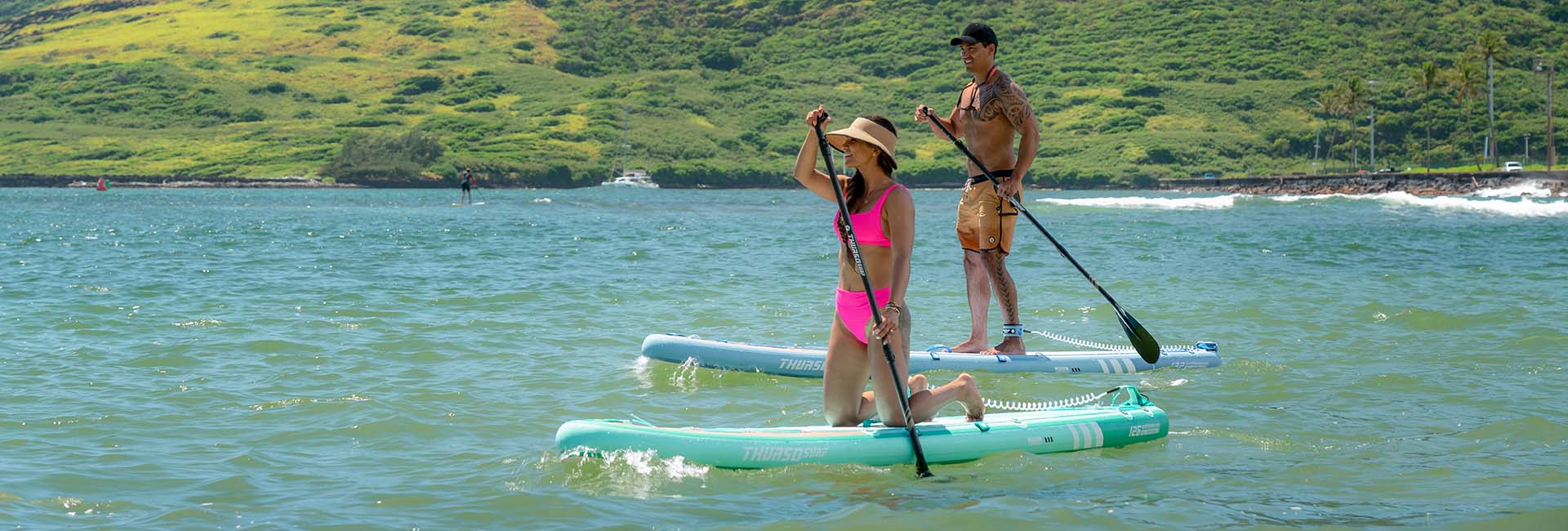
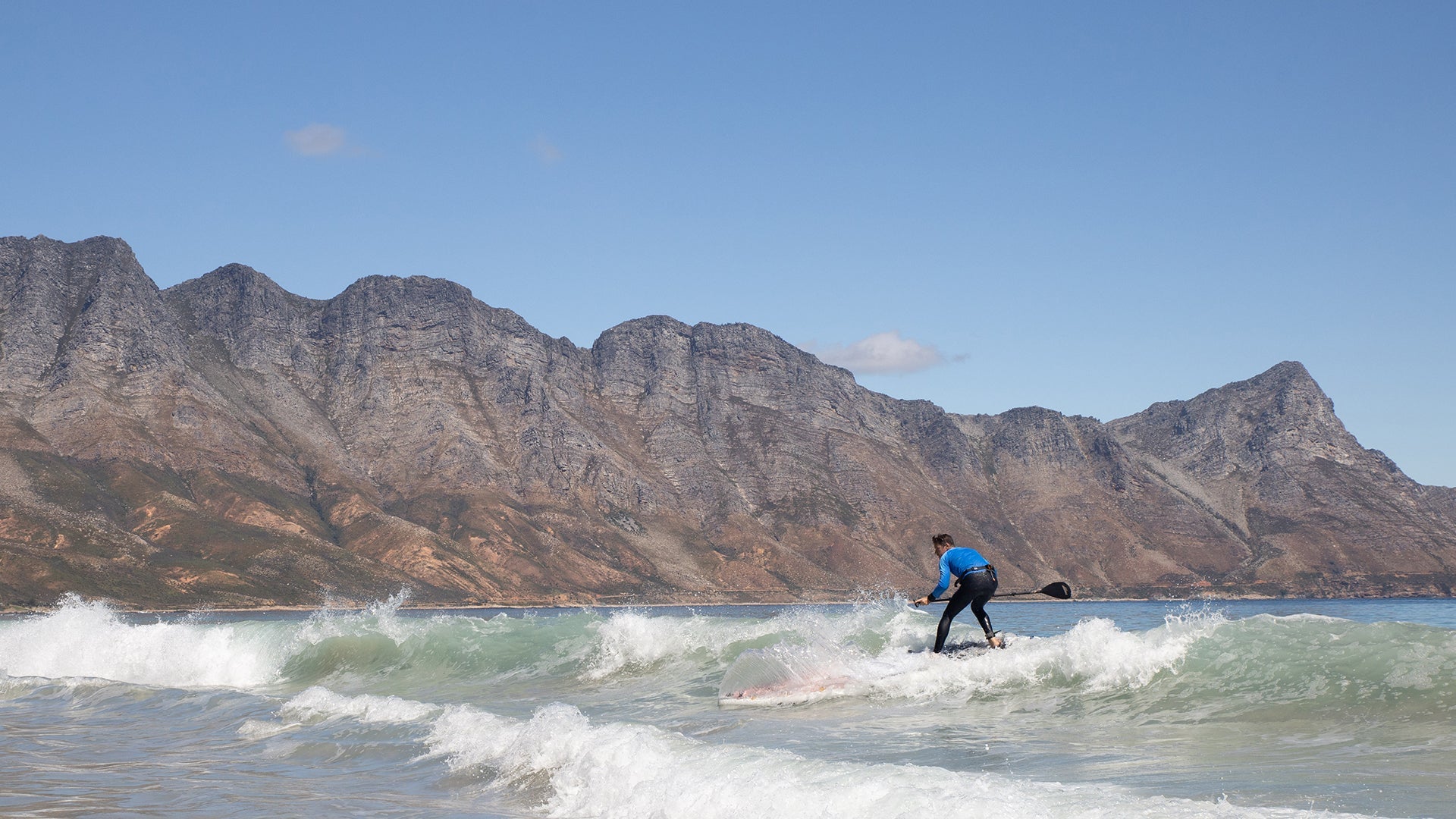
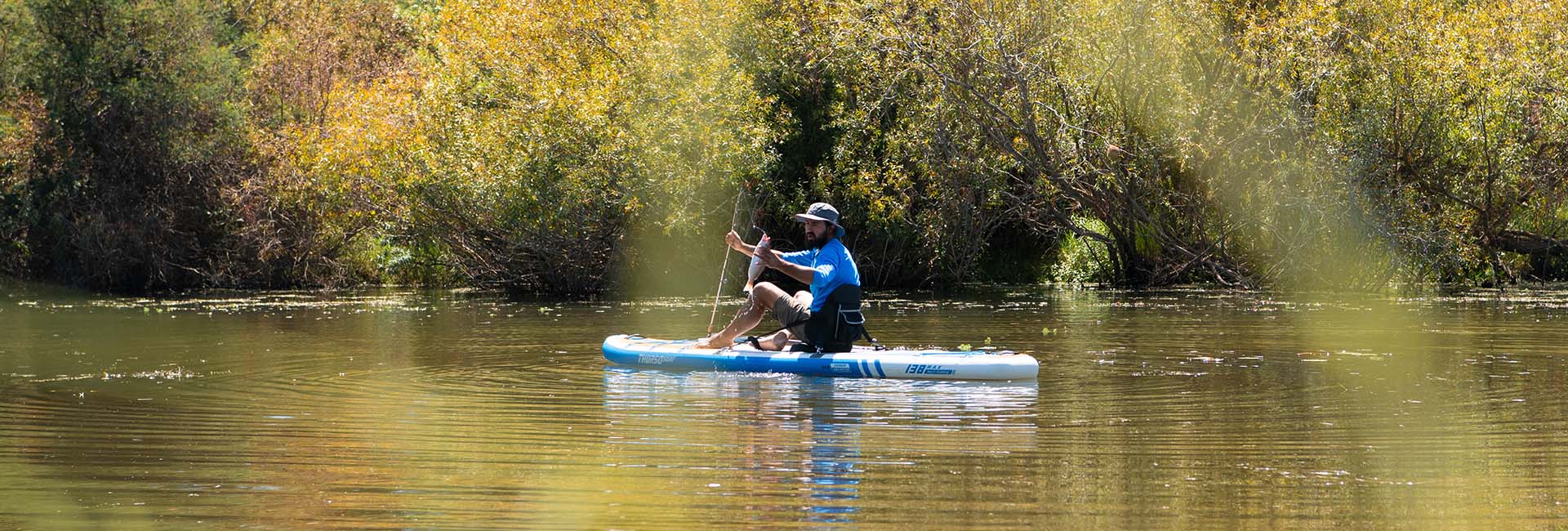
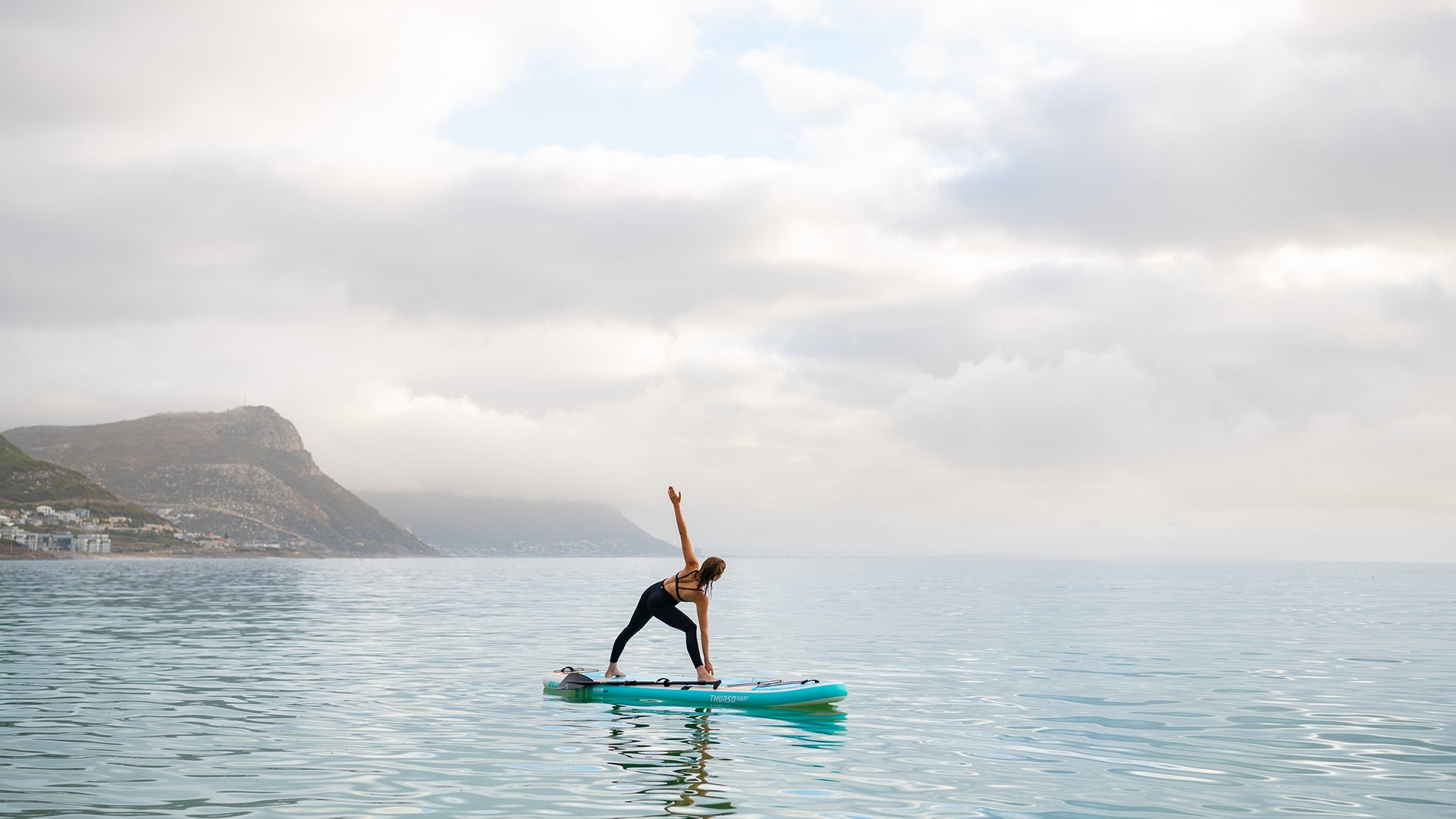
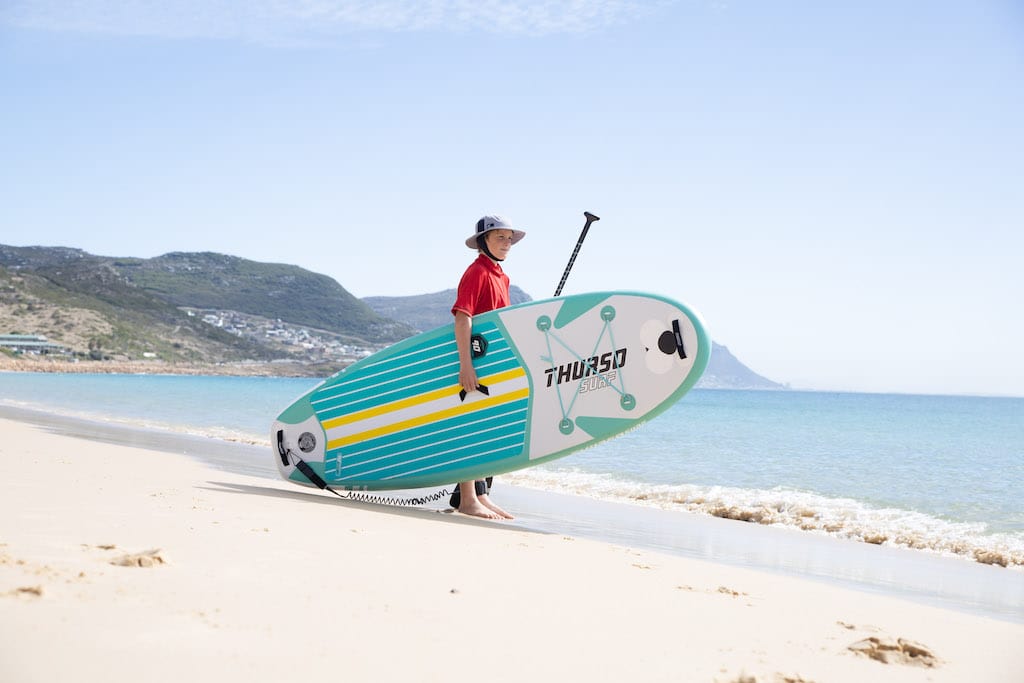
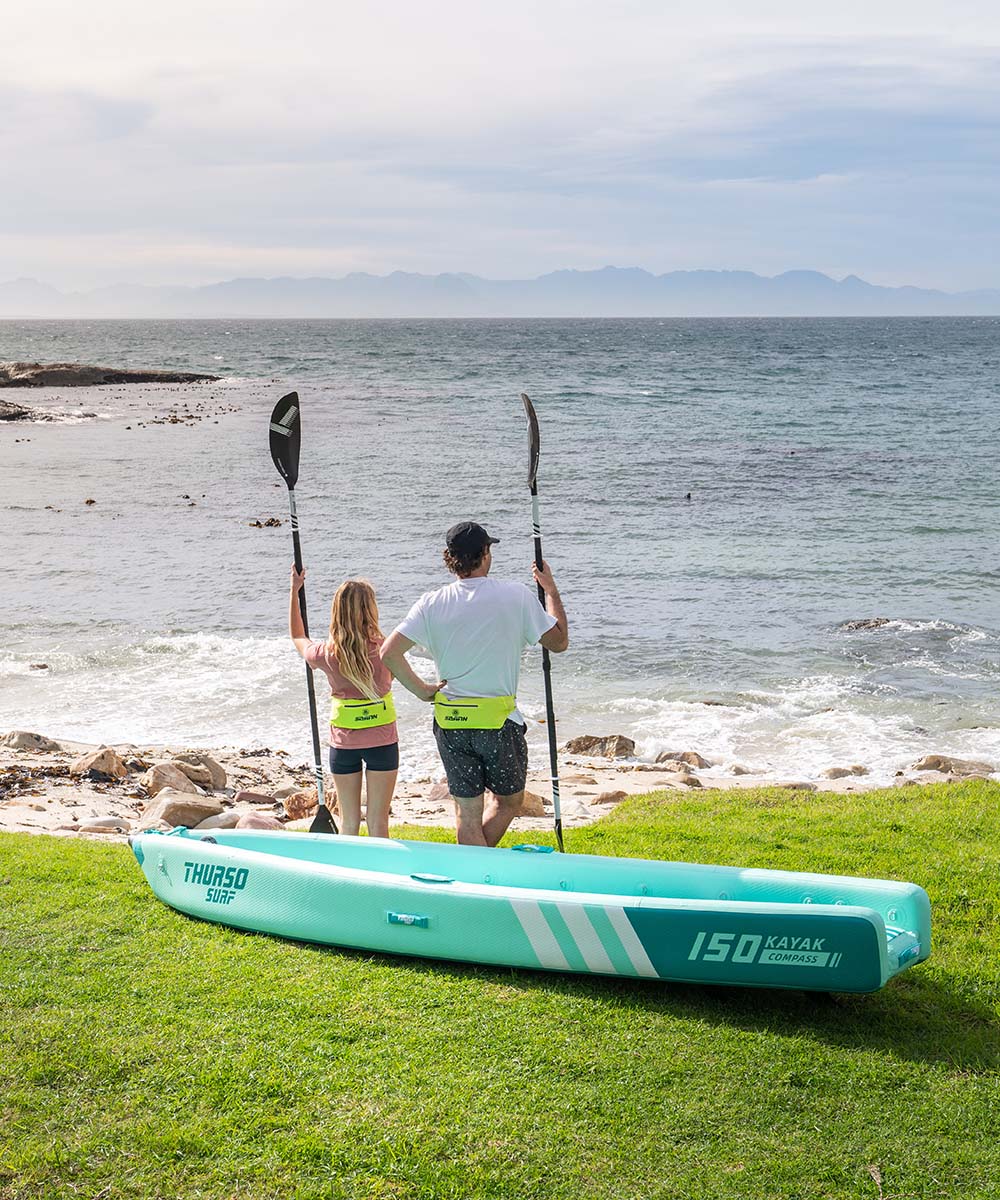
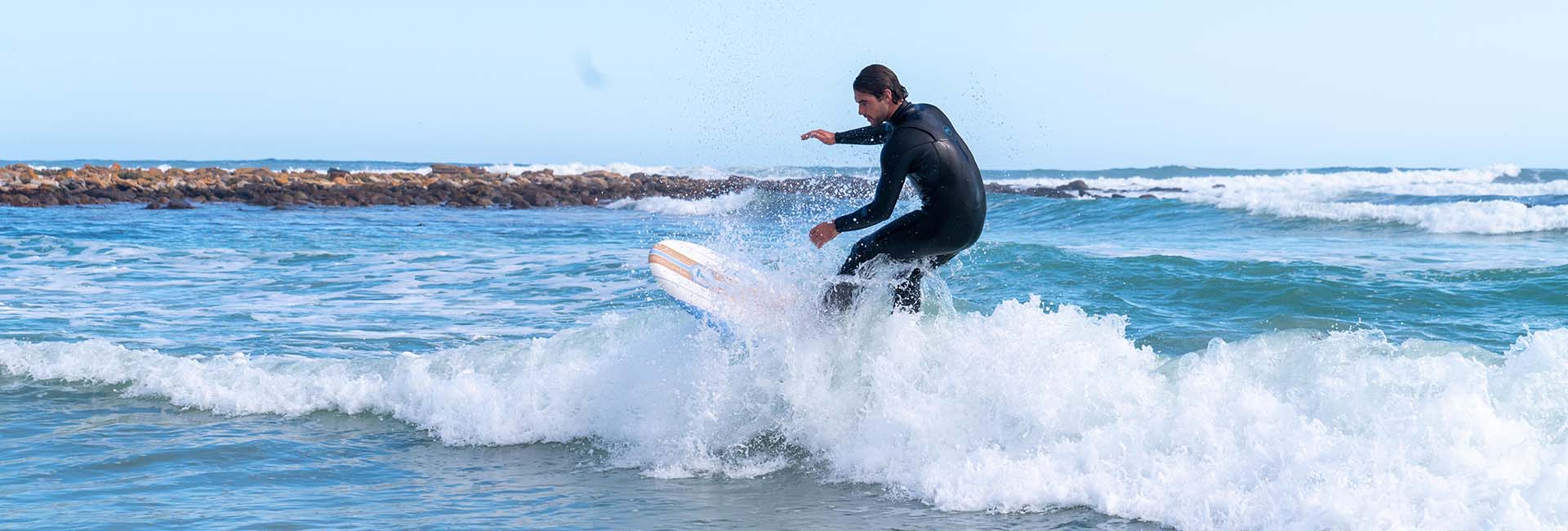
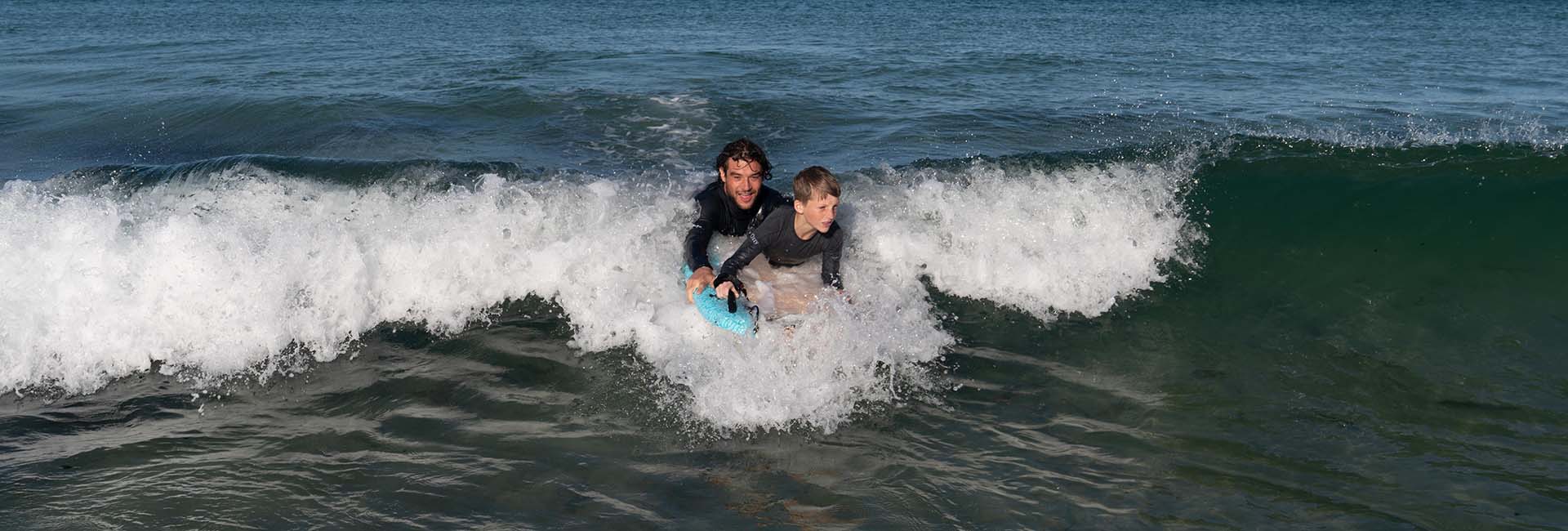
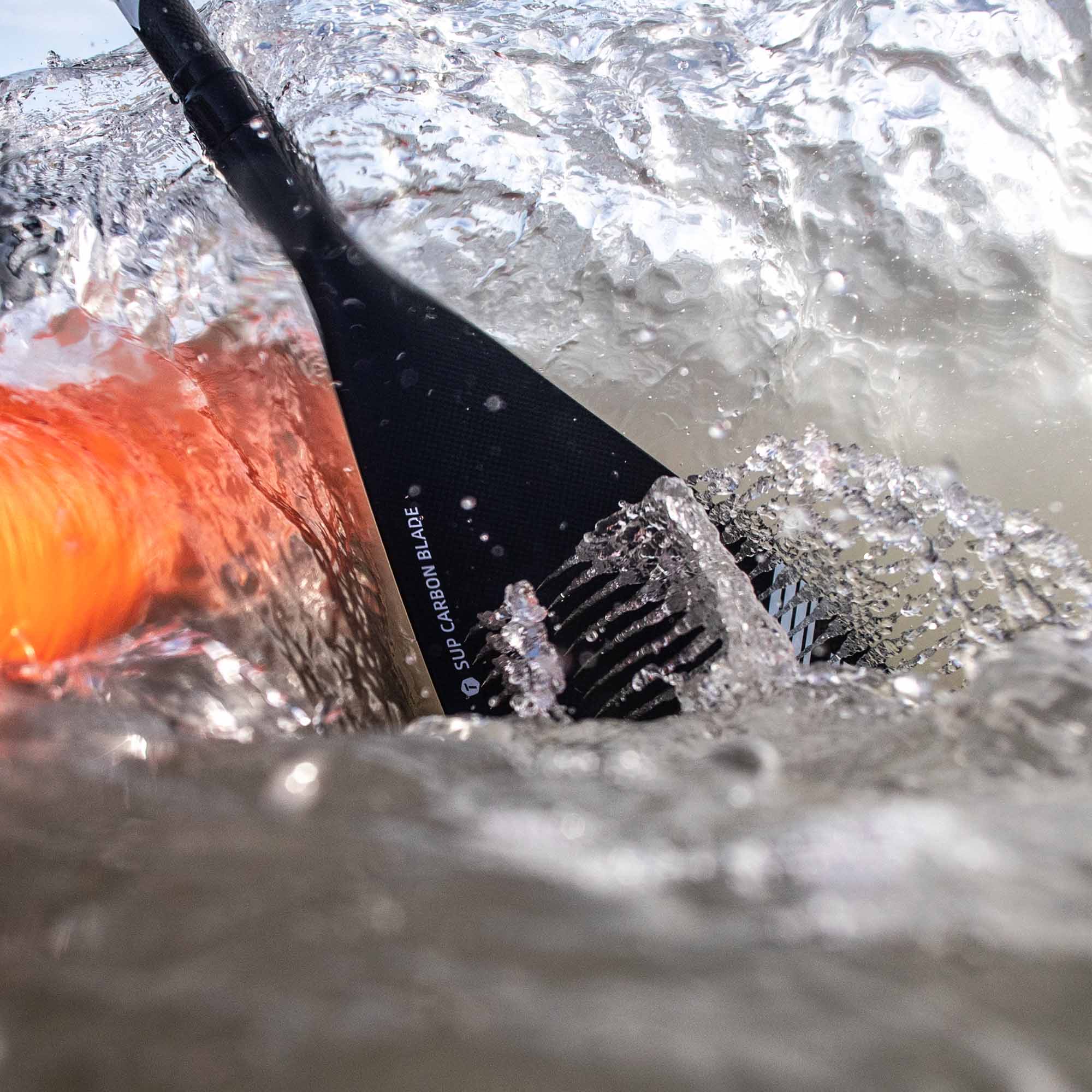
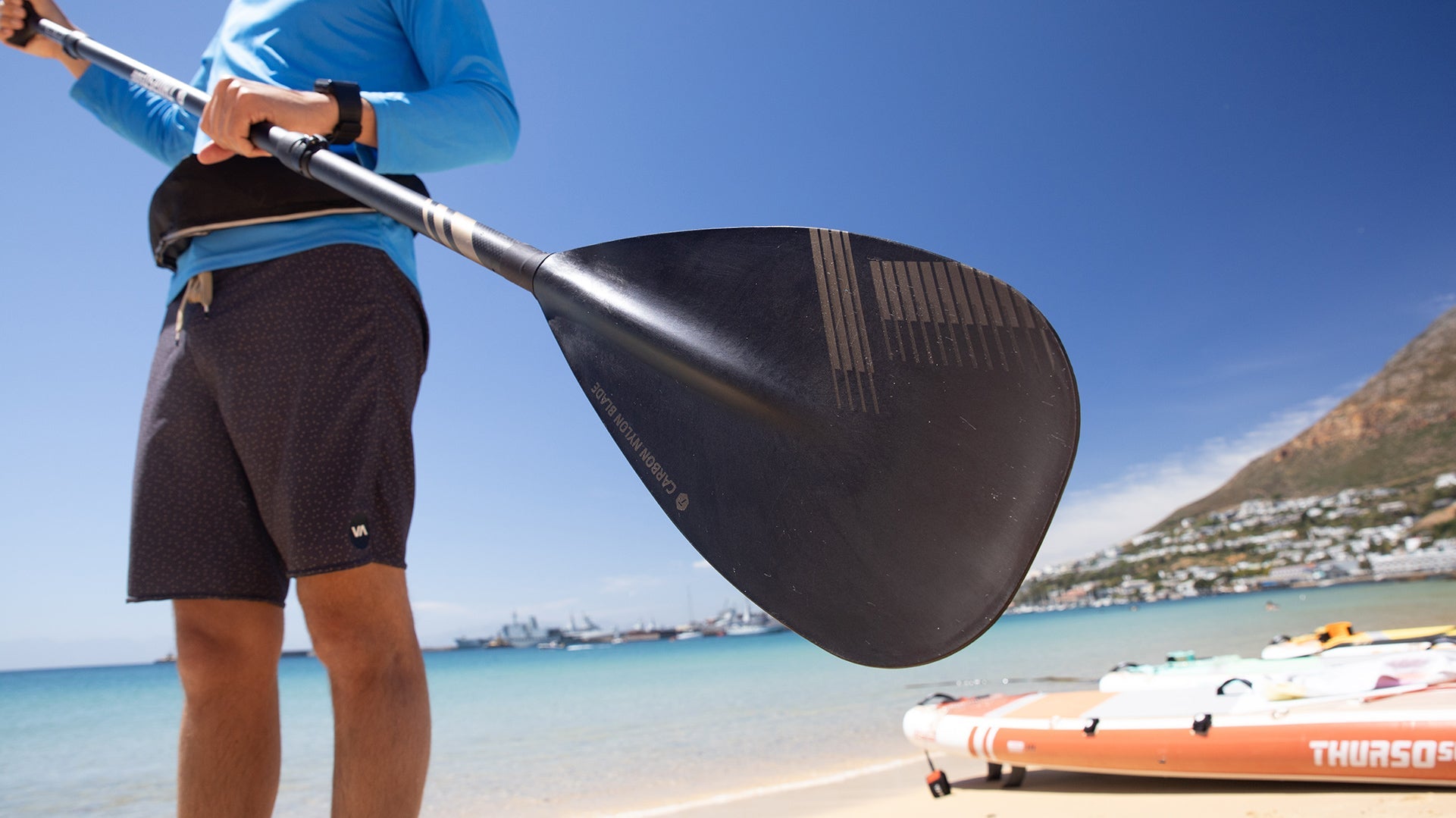
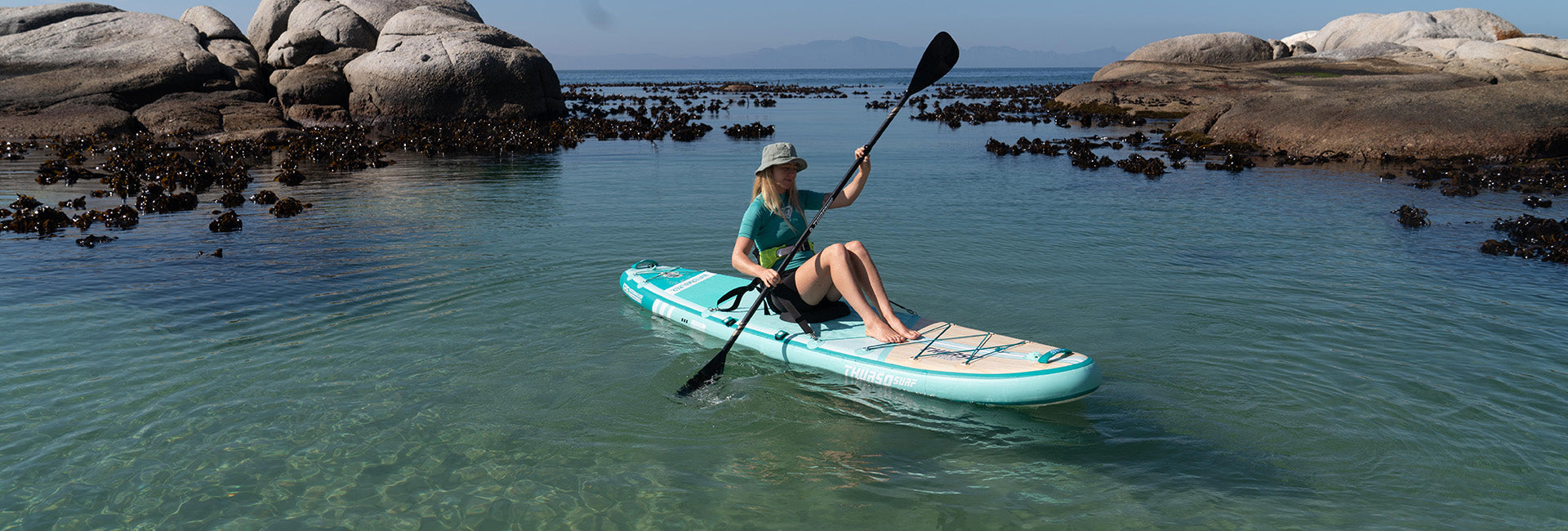

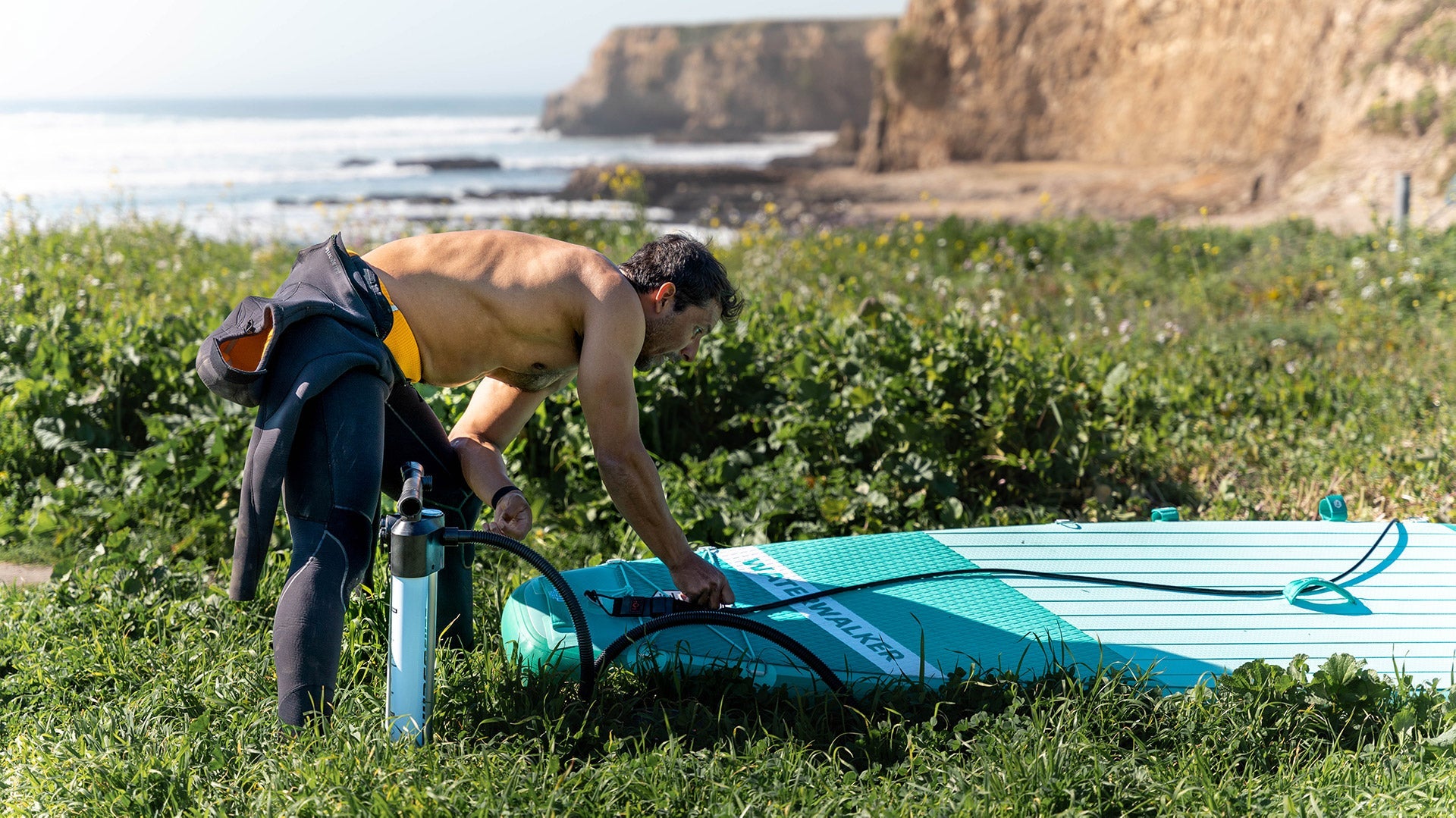
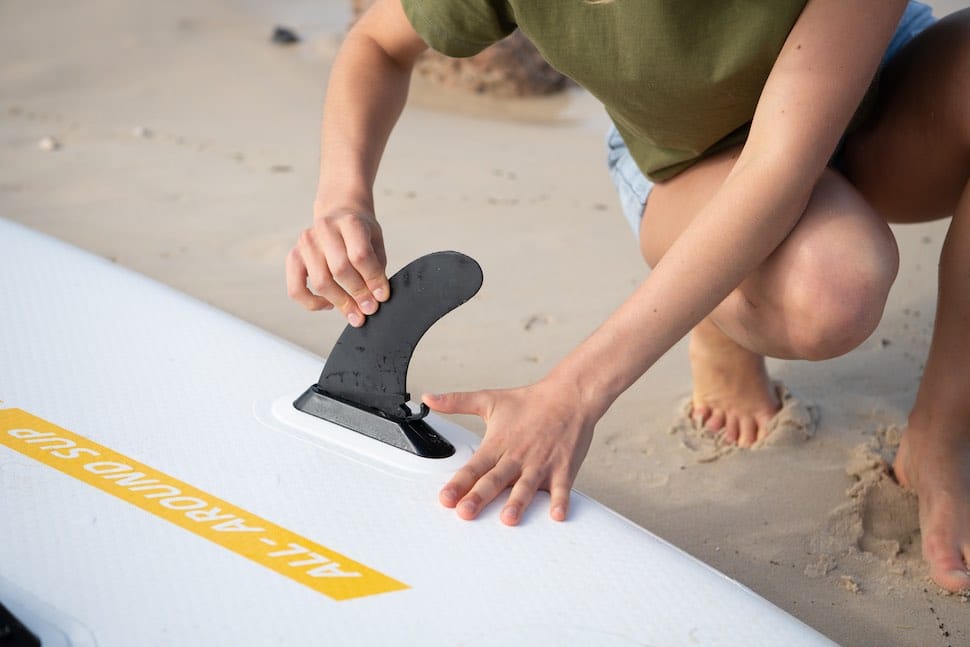
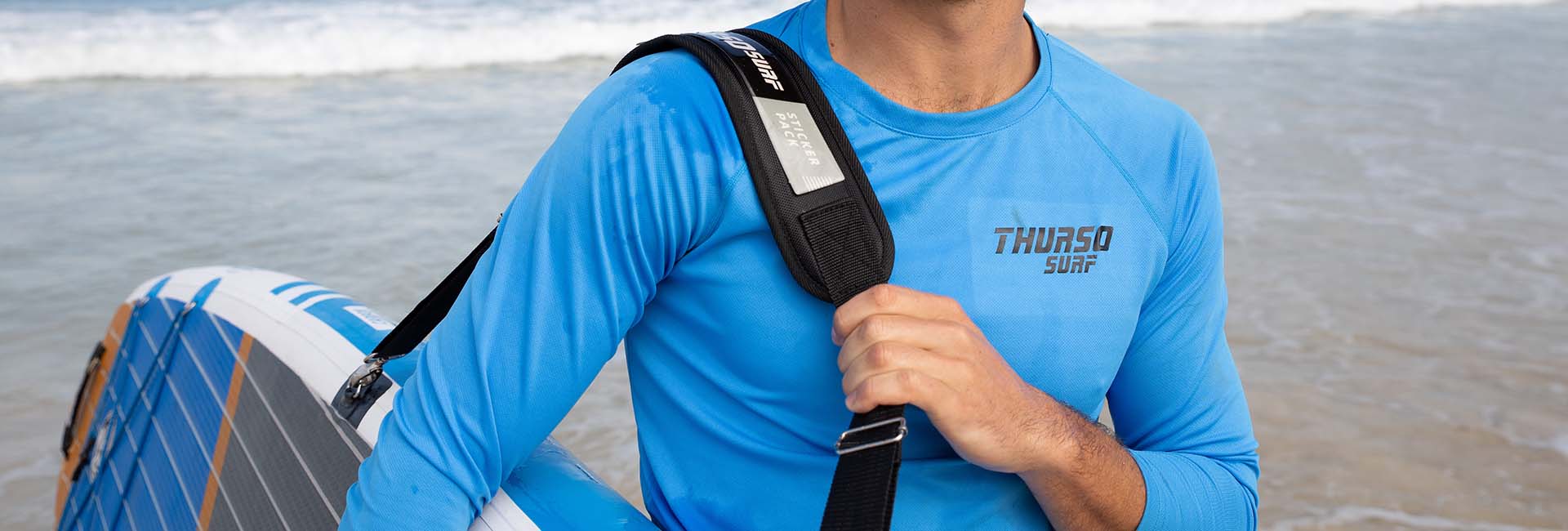


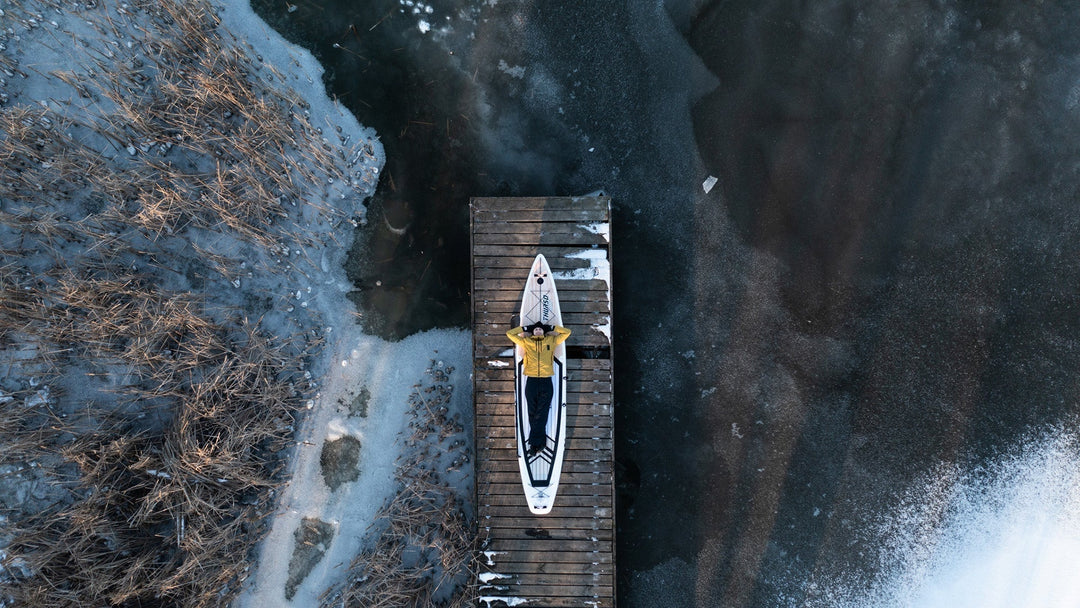
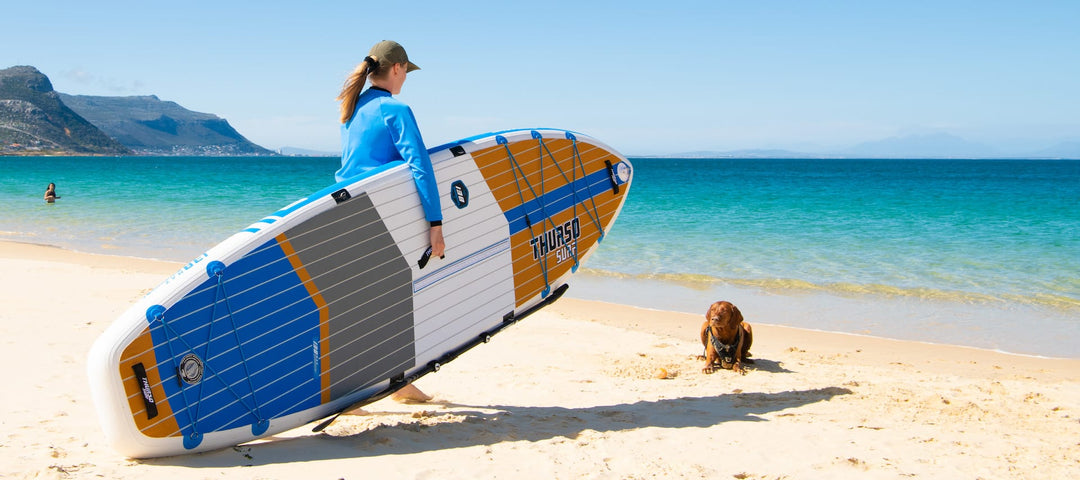
Leave a comment